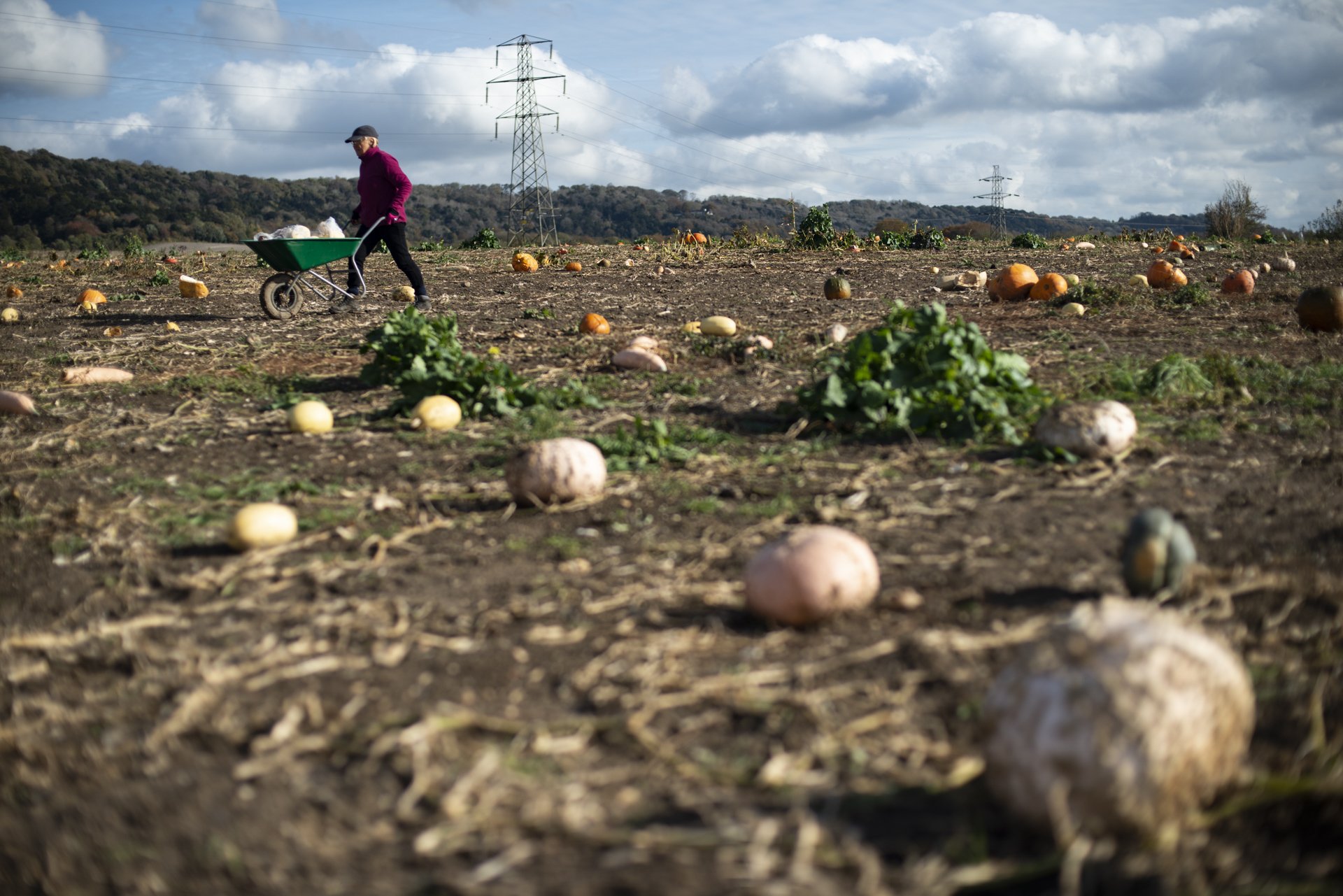15 Jan Think global, act local – documenting the lived experiences of others
Telling the stories right on our doorstep has the potential to have incredible impact on the critical issues of our time, while also reducing or avoiding the challenges and pitfalls that so often come with exploring stories within communities of which we are not a part.

The foreign is always visually appealing. It creates wonder and amazement, intrigue and curiosity. The unfamiliar lures you in, in a way the familiar and ubiquitous does not. Images of life in distant lands help us build a broader awareness of the world we live in. Photographs of communities outside of our own – be it geographical or social – have the power to transport us anywhere in the world in an instant. However, no single image can ever show us the forces that participated in creating the reality captured within its borders.
As such, images can feed and reinforce a viewer’s existing perceptions and prejudices, and help perpetuate destructive, deep narratives that exist within the wider culture they inhabit. It can help maintain, for example, the false perception that the crippling poverty that exists within countries in the Global South is a natural phenomenon, related to such things as geography, climate, and poor governance. Or, it can help maintain the equally false perception that the wealth and privilege experienced within the Global North is the other side of the same coin.
No single image can show how these and other narratives, often used to sustain the status quo, are engineered – benefiting a few at the expense of the majority. Nor do they reveal how we all – the photographer or filmmaker, the editor, jury member, or curator, as well as the viewer – play a role in maintaining it. As such, images can be powerful tools for revealing a hidden truth, and challenging the status quo, as much as they can be powerful tools for perpetuating narratives which sustain it.
The photographer and filmmaker choose the images they create, and those that make it into the public domain. They choose who, what, and when to photograph or film, how to compose the shot, and what is and isn’t within the frame. They choose what the images visually represent and communicate, and what they don’t, as well as how something or somebody is represented. In the creation of each image, they bring with them their own perceptions and prejudices – conscious and unconscious influences.
A photographer or filmmaker who is not conscious of the role they play, and that which influences how they perceive the world and what they create, can unwittingly participate in perpetuating the very issues they are documenting – they become a complicit participant in maintaining a destructive, engineered, deep narrative. Which is to say, they do more harm than good. I explore this in greater depth in the article: The power and pitfalls of human stories.
A means of trying to ensure we do not inadvertently support the very thing we wish to challenge is to share our own lived experiences – to document the stories within communities of which we are a part or have some meaningful connection with.
We should always be leading with empathy when exploring a story, but empathy and awareness without lived experience of an issue can only take you so far – it can never be a replacement for direct experience. This is true of any lived experience – from constantly being on the receiving end of prejudices such as sexism or racism, to growing up in a conflict zone, a close family member dying when you were a child, or having your home and all your possessions destroyed by a wildfire or flood. We can do our best to empathise and comprehend the pain, suffering, and trauma caused by experiences we ourselves have not had to deal with, and the subsequent influences they have on a person or community, but it is no substitute for lived experience.
Ultimately, the more empathy we hold for a community which is rooted in our own lived experiences, the greater our capacity to represent the people within that community in a sensitive, considered manner that portrays their reality with a higher degree of accuracy than it might otherwise. The more removed we are from a community, the more sensitive and considered we need to be as to our approach and representation.
The importance of building relationships
Participatory projects – where people are given basic training and tools to document their reality through their eyes, and agency over the way they and their story is represented – can be incredibly powerful, and a means of addressing the issues that exist when an outsider documents a community. Organisations such as PhotoVoice and Fotosynthesis are but two that have promoted this approach for many years, and have done some amazing work. However, there still remains a power dynamic between the organiser and the participants which must be managed effectively in order to maximise the positive impact of this approach.
While these approaches are not perfect, they are certainly closer to the ideal. When compared to how the majority of stories are carried out, the differences are stark. So many stories have historically been carried out in an extractive way – parachuting in, taking what’s needed, then exiting stage left never to be seen or heard of again. Steve McCurry’s ‘Afghan Girl’ and Dorothea Lange’s ‘Migrant Mother’ are two famous examples of this approach. In both cases the photographer capitalised on an image of a person whose name they didn’t even ask for, and with whom they made no attempts to build even the most superficial of relationships. These images, and many before and since, may generate the desired, positive response within their audiences – inspiring short-term action to be taken, but they were taken with little to no regard for the individuals themselves.
Relationships are key to exploring a story effectively and addressing the issues I’ve raised above. Building relationships with people from other communities helps us gain a better understanding of their reality. This takes time and energy, and as such is much easier to do if you’re exploring a story locally to you. The more closely connected to a given person or community we are, the greater potential for an accurate representation of their lived experience.
However, even when exploring local stories, we must be mindful of the need to build relationships – an Indian photographer from a Hindu community documenting fellow Indians of Muslim faith is still faced with the same moral and ethical considerations around representation due to the prejudices and biases they might hold – whether on a conscious or subconscious level – and the power dynamics that exist and have existed historically between the two communities within India. The same is true in every country in relation to your socio-economic background, and every other factor that can be used to define a person within or across borders.
When exploring local stories – particularly those which involve people – we therefore still need to be conscious of power dynamics, representation, deep, destructive narratives, and the consequences of our approach and visual representation of people and the issue. These should remain at the forefront of our minds regardless of where we are exploring a story, and we should strive to consider them all, but, at least we are documenting something within a community of which we are on some level a part, and as such we will have some shared lived experiences.
The power of local stories
The importance and significance of exploring stories locally is not limited to striving for fair and accurate representation that doesn’t perpetuate stereotypes and deep, destructive narratives. It is also about the audience we seek to engage. If we want to create behaviour change related to a given issue, then we need human-centric stories that people can relate to. The most relatable stories are those of people within our own communities. It also helps nurture an understanding that an issue – climate change, for example – might be as relevant and significant within our community as it is elsewhere.
All this is not to say we have no place in telling a given story outside of our own immediate communities – a plurality of perspectives is a positive thing – but we must learn to tread carefully, and be conscious of our approach and the impact our work might have. We must build relationships with the people we seek to document, and must strive to deepen our understanding of them in order to represent them fairly and accurately.
This is particularly important for documentary storytellers from the Global North, as it is those societies, cultures, and systems that have caused and continue to cause the most damage, and lie at the root of the major issues of our time. So, we need to put our own house in order, and in so doing, we will help address social and environmental issues in the Global South.
We should never stop looking outward and trying to understand the world around us, but we should be striving for more accurate representation of communities, and this is best achieved by people within those communities. The stories we see about communities within the Global South should largely be represented visually by photographers and filmmakers from those communities.
If we want to have true, lasting impact then we should consider starting projects exactly where we are. The mantra ‘think global, act local’ has been around for a long time, and in this hyper-globalised world, we must embrace it now more than ever.


